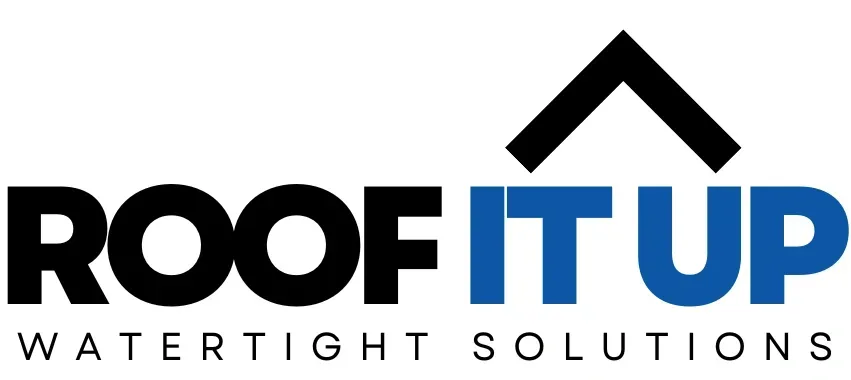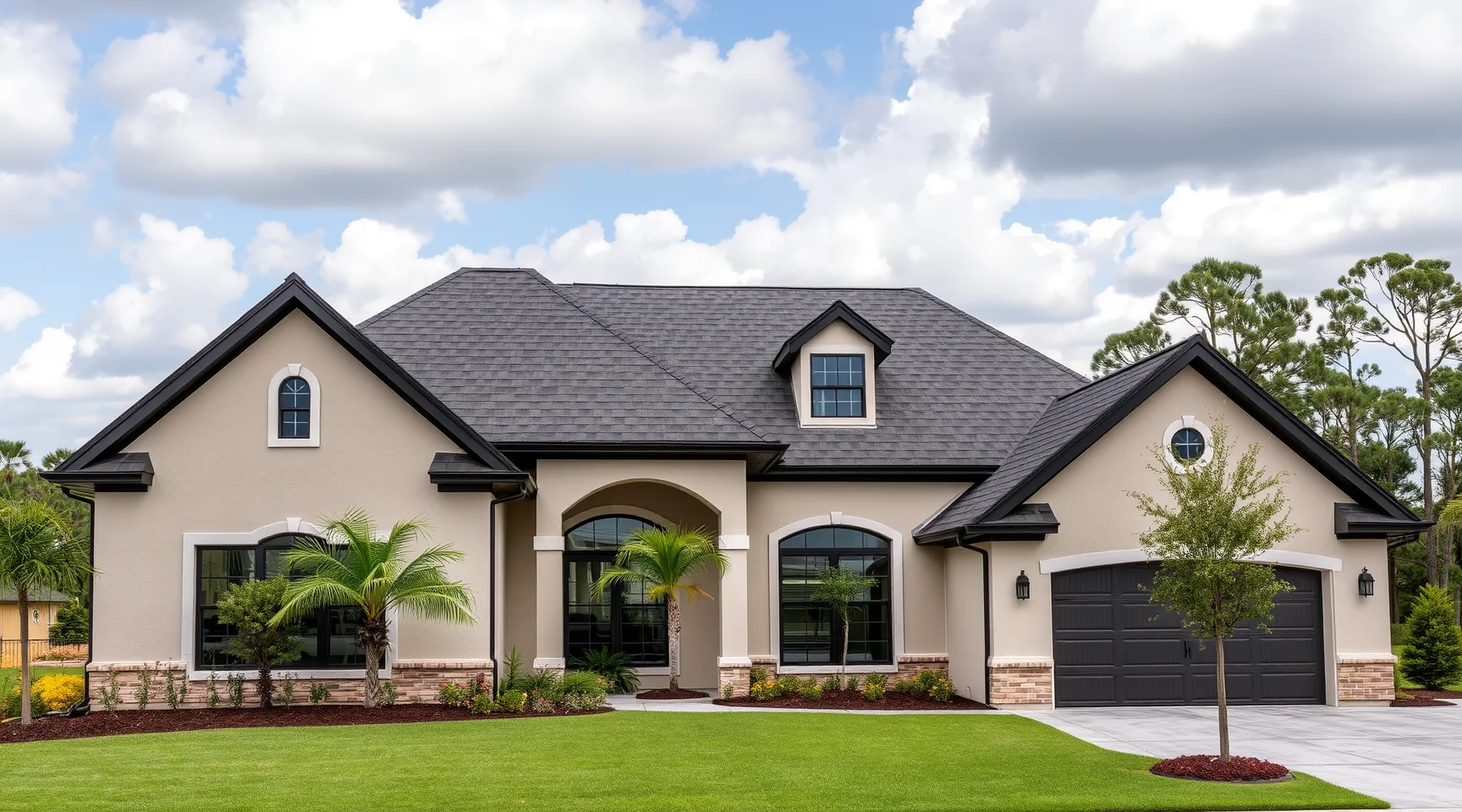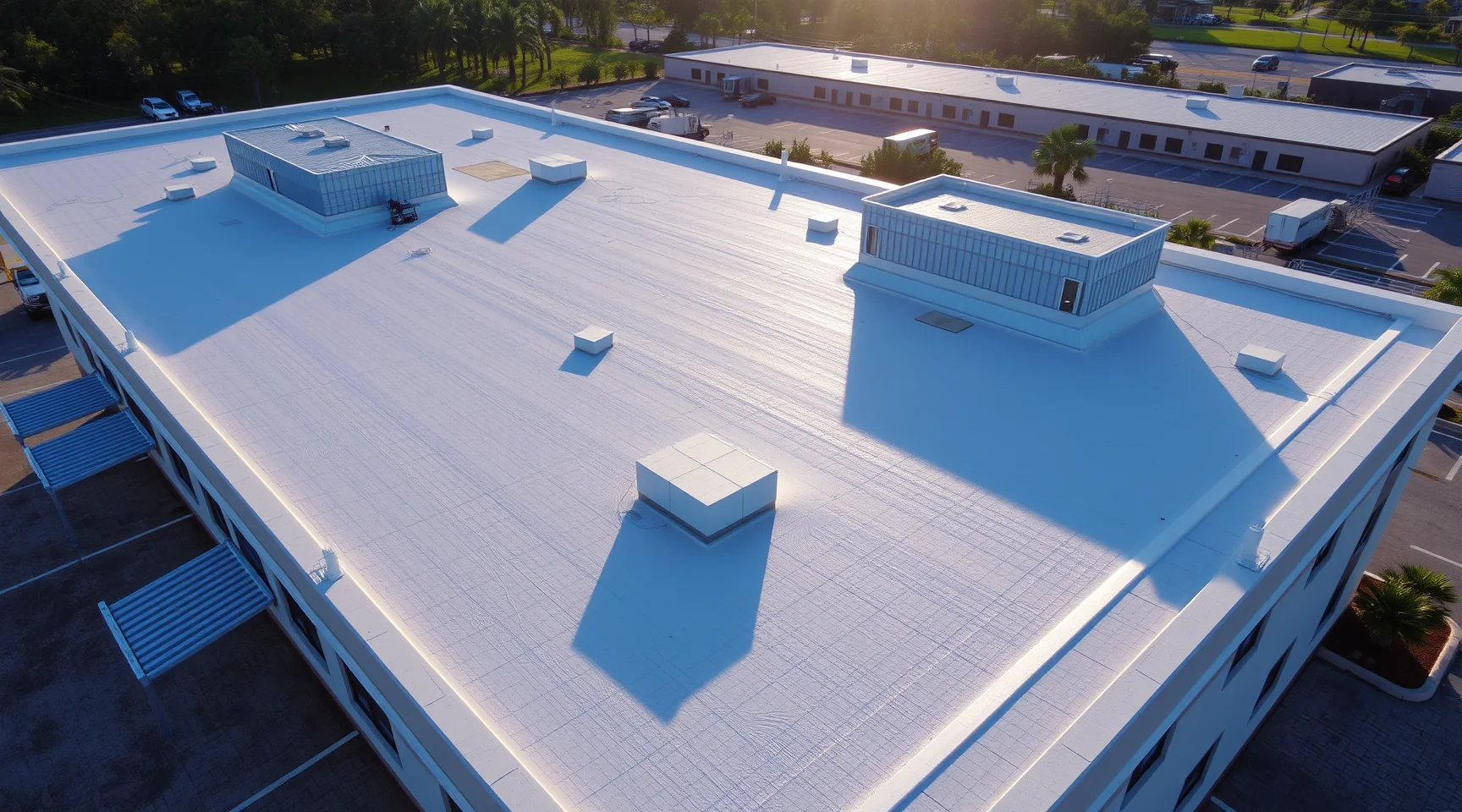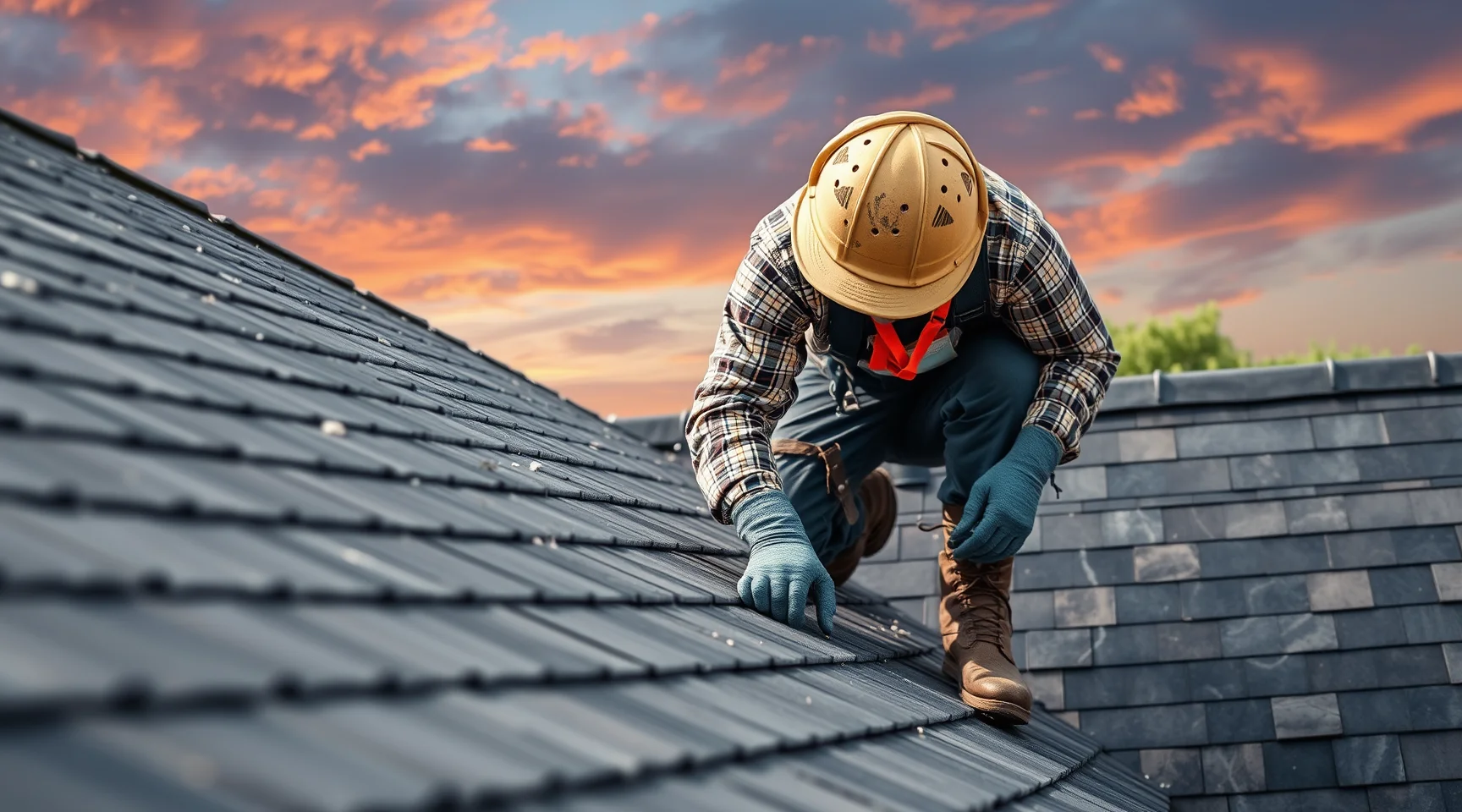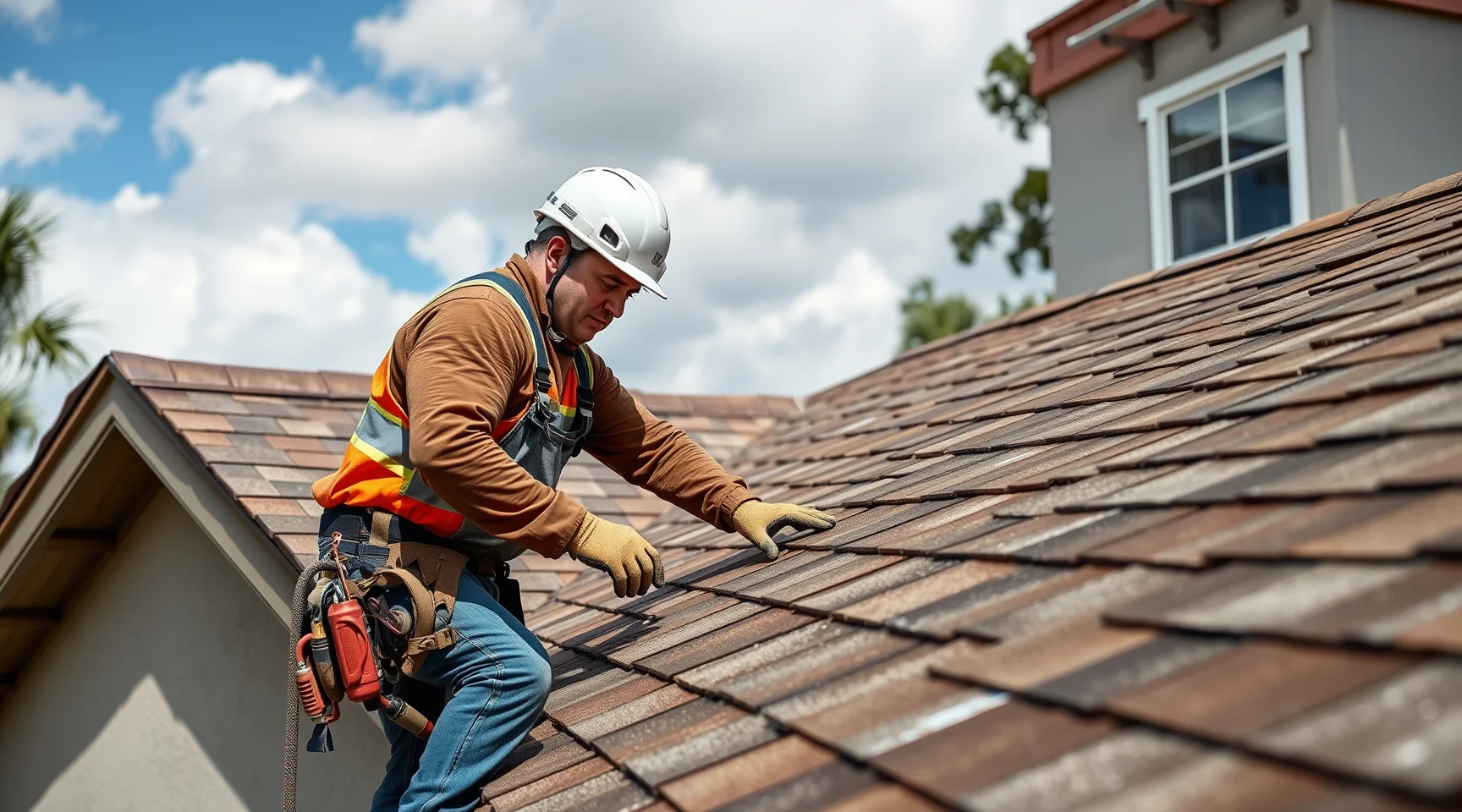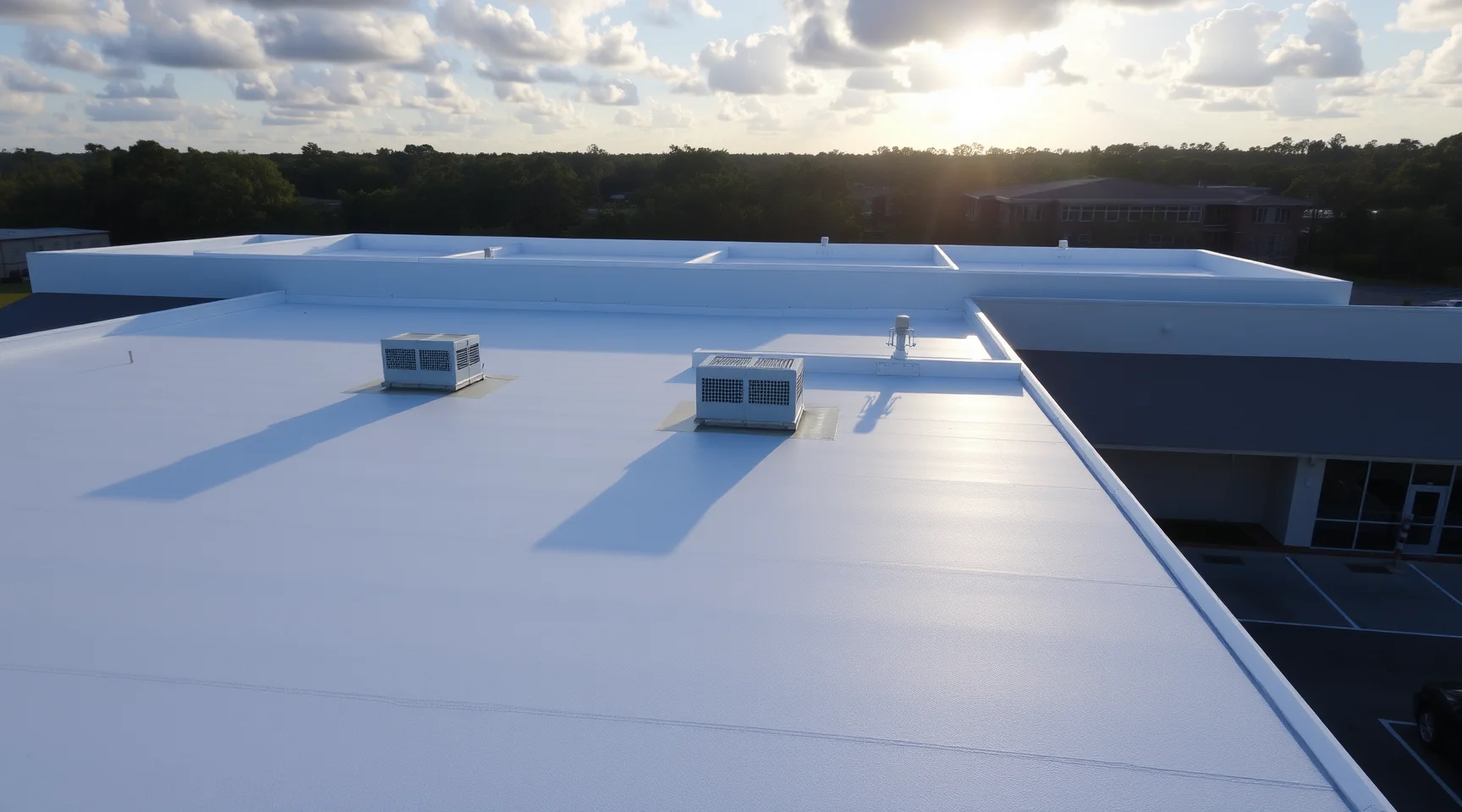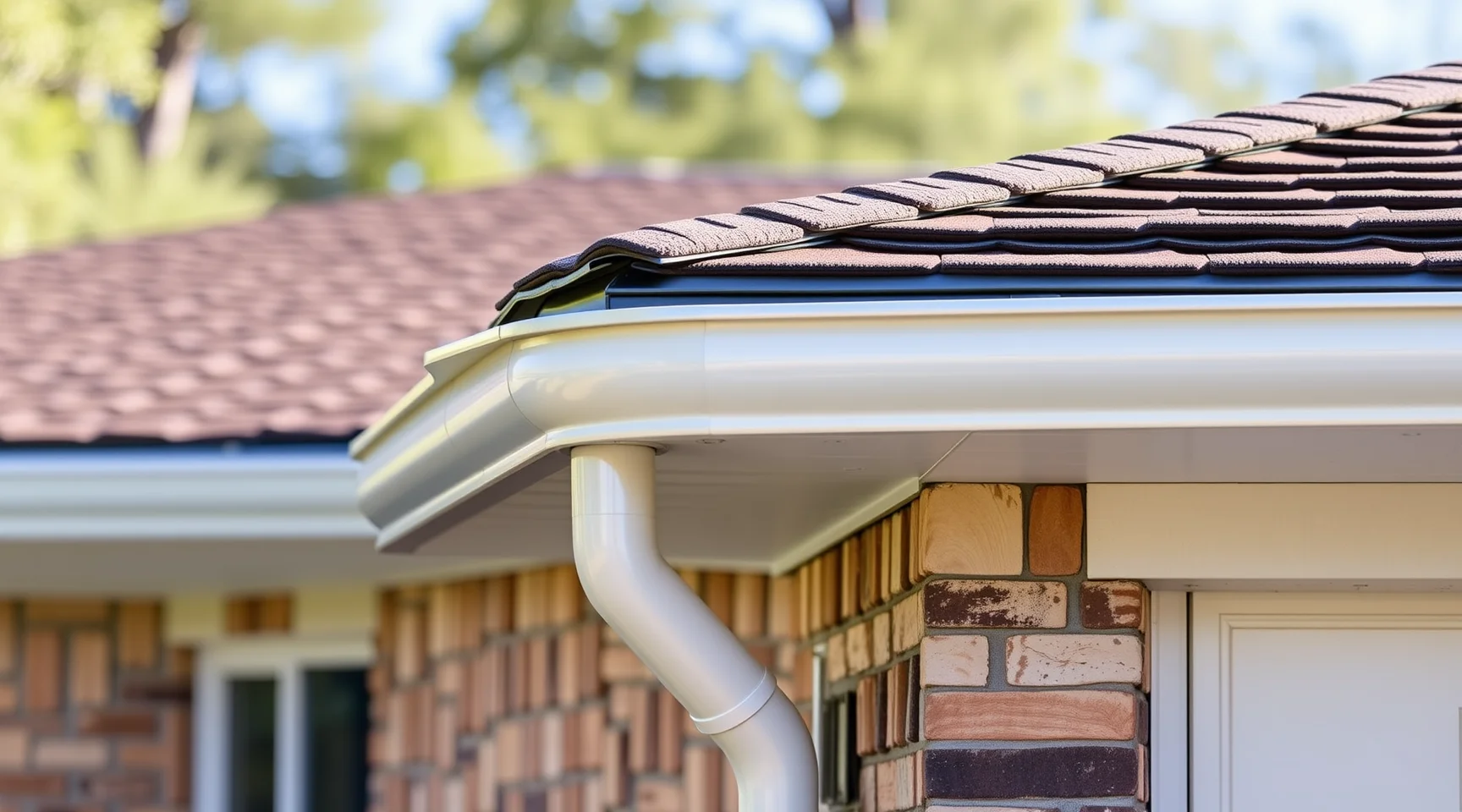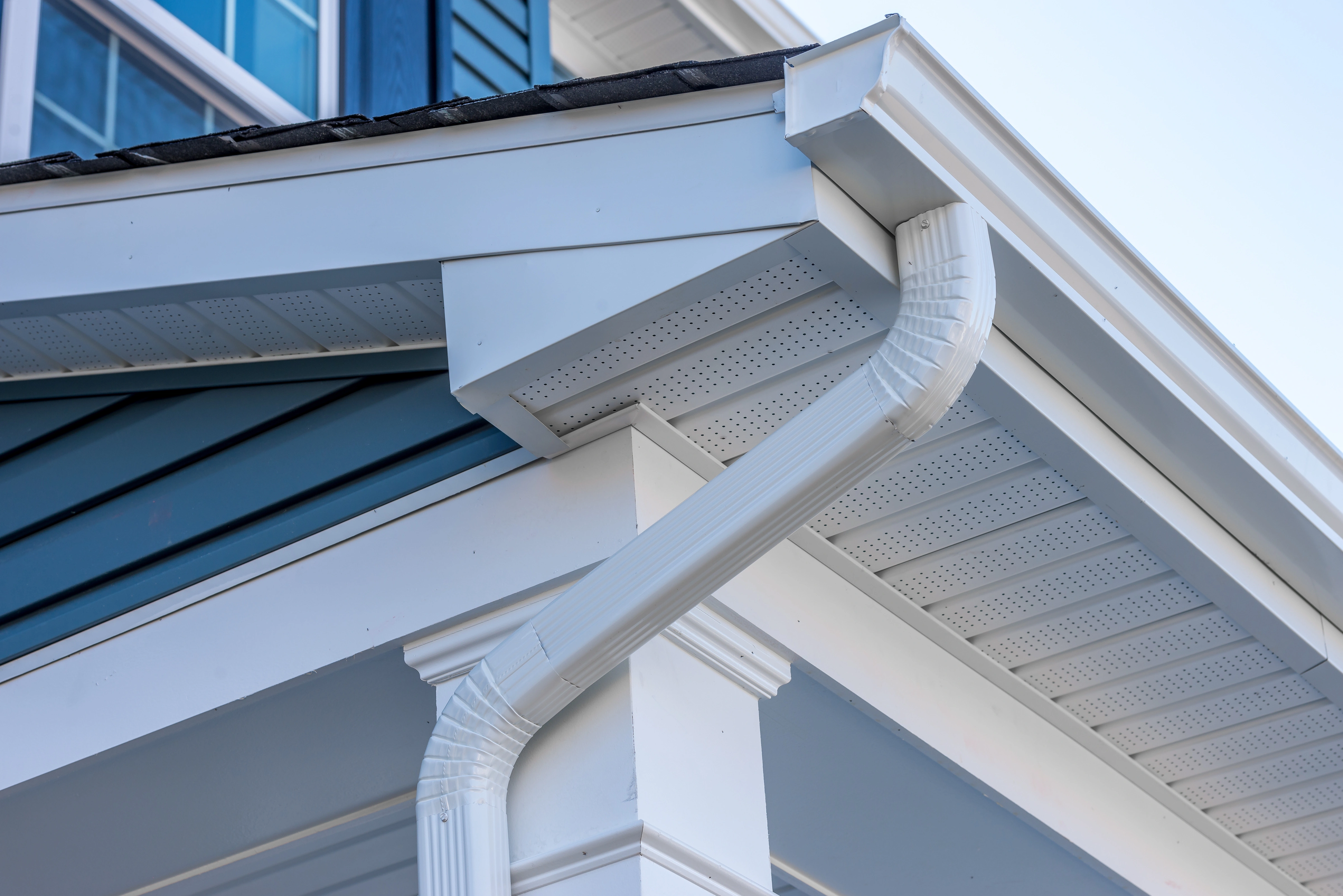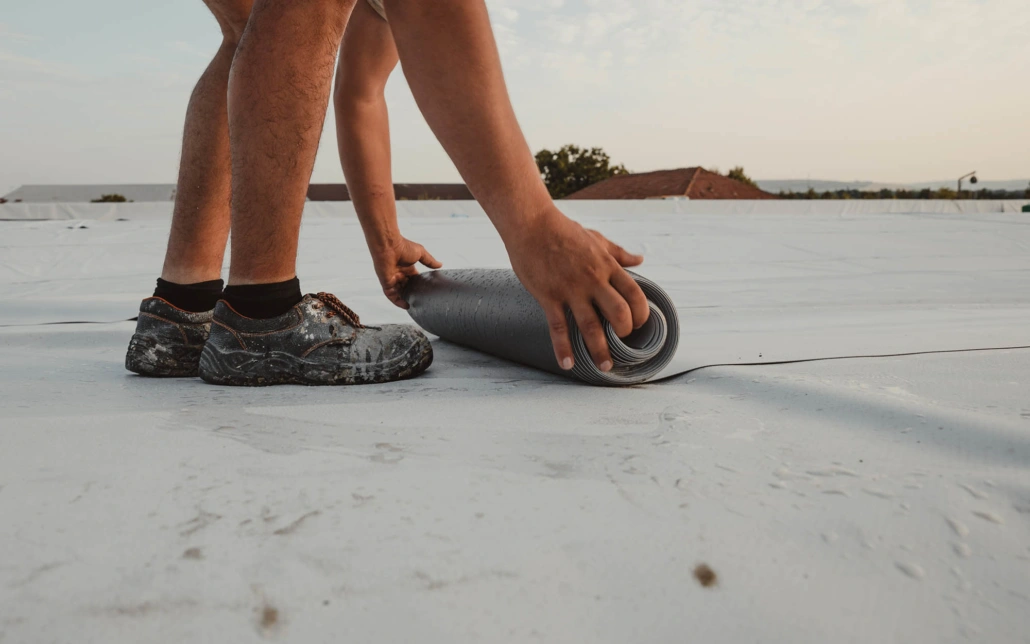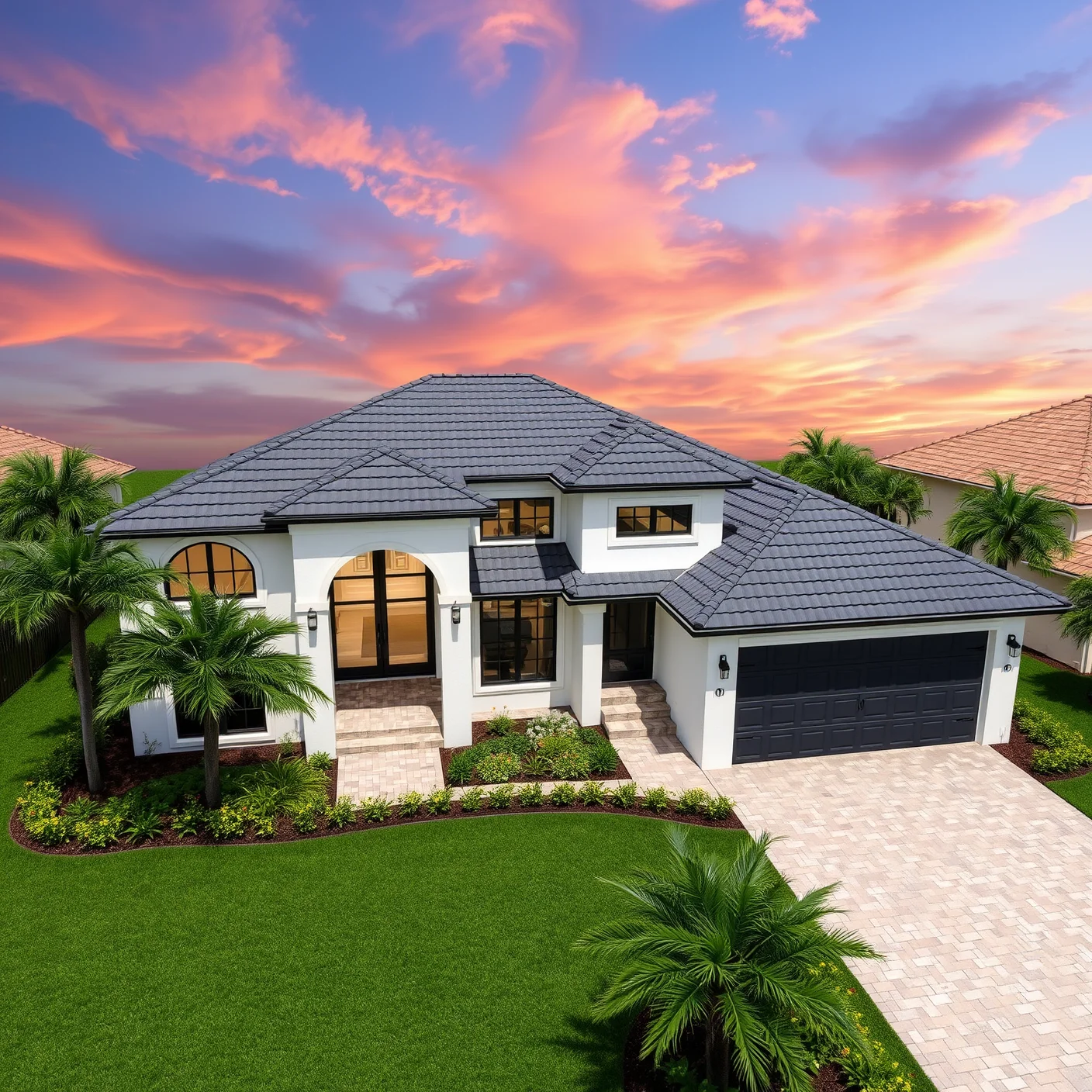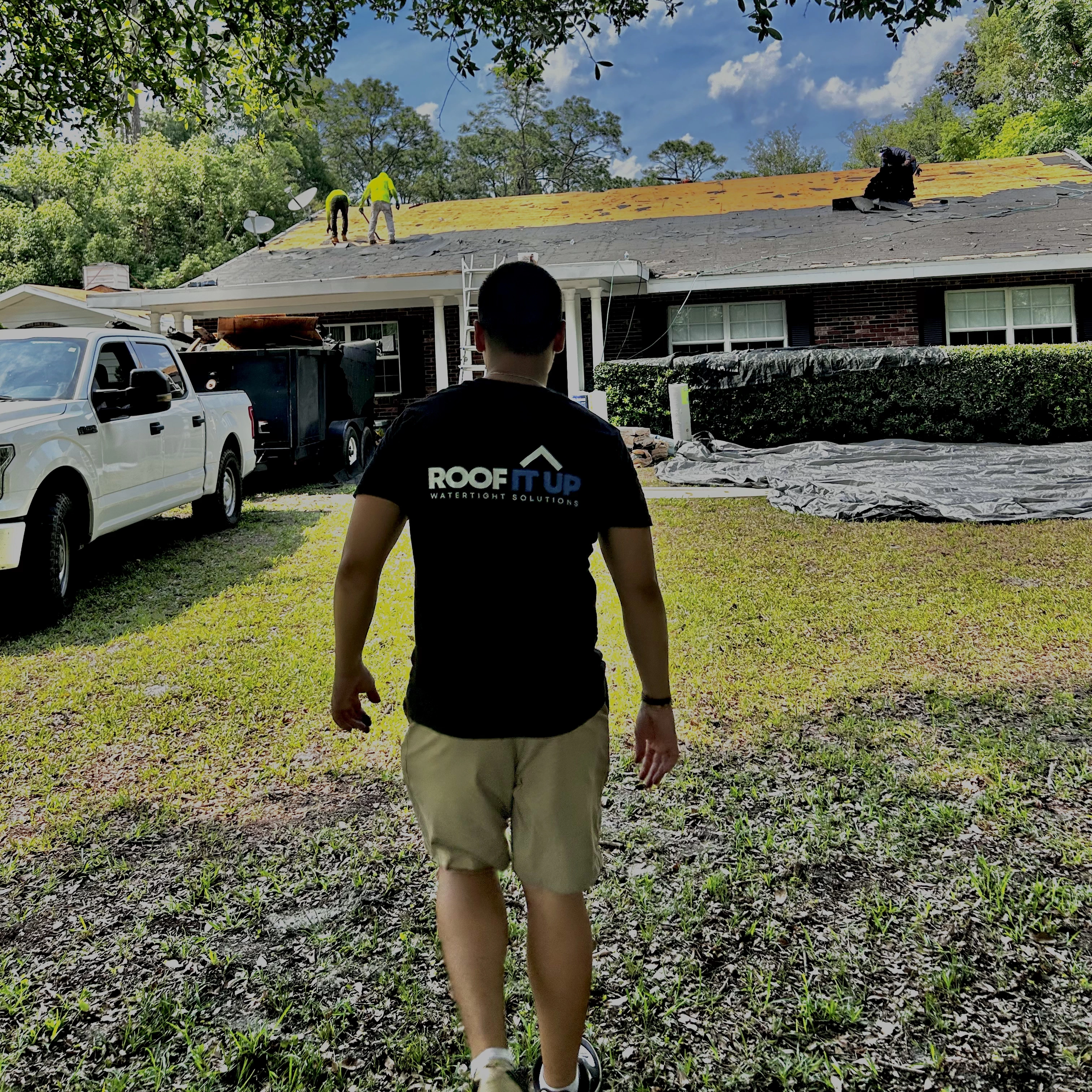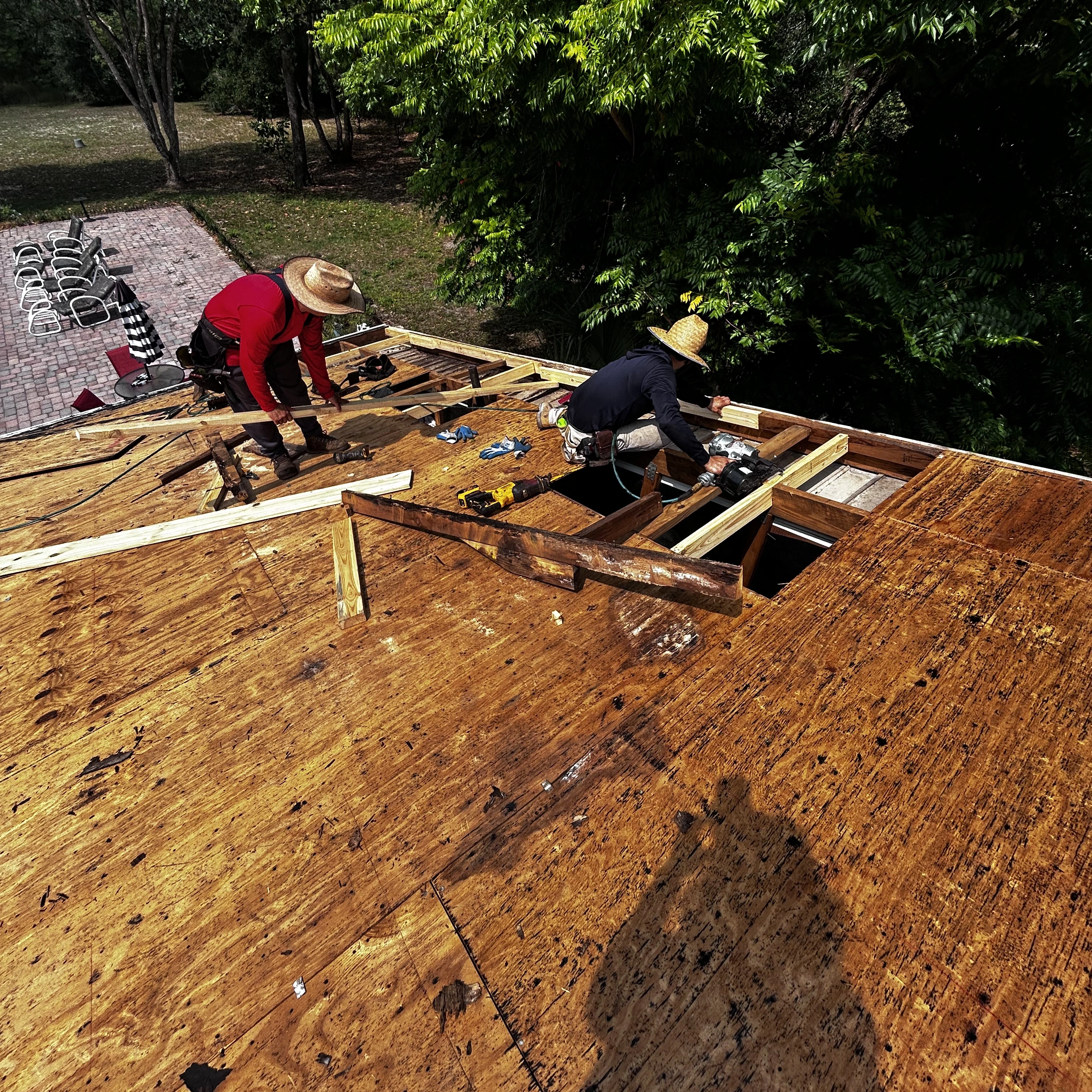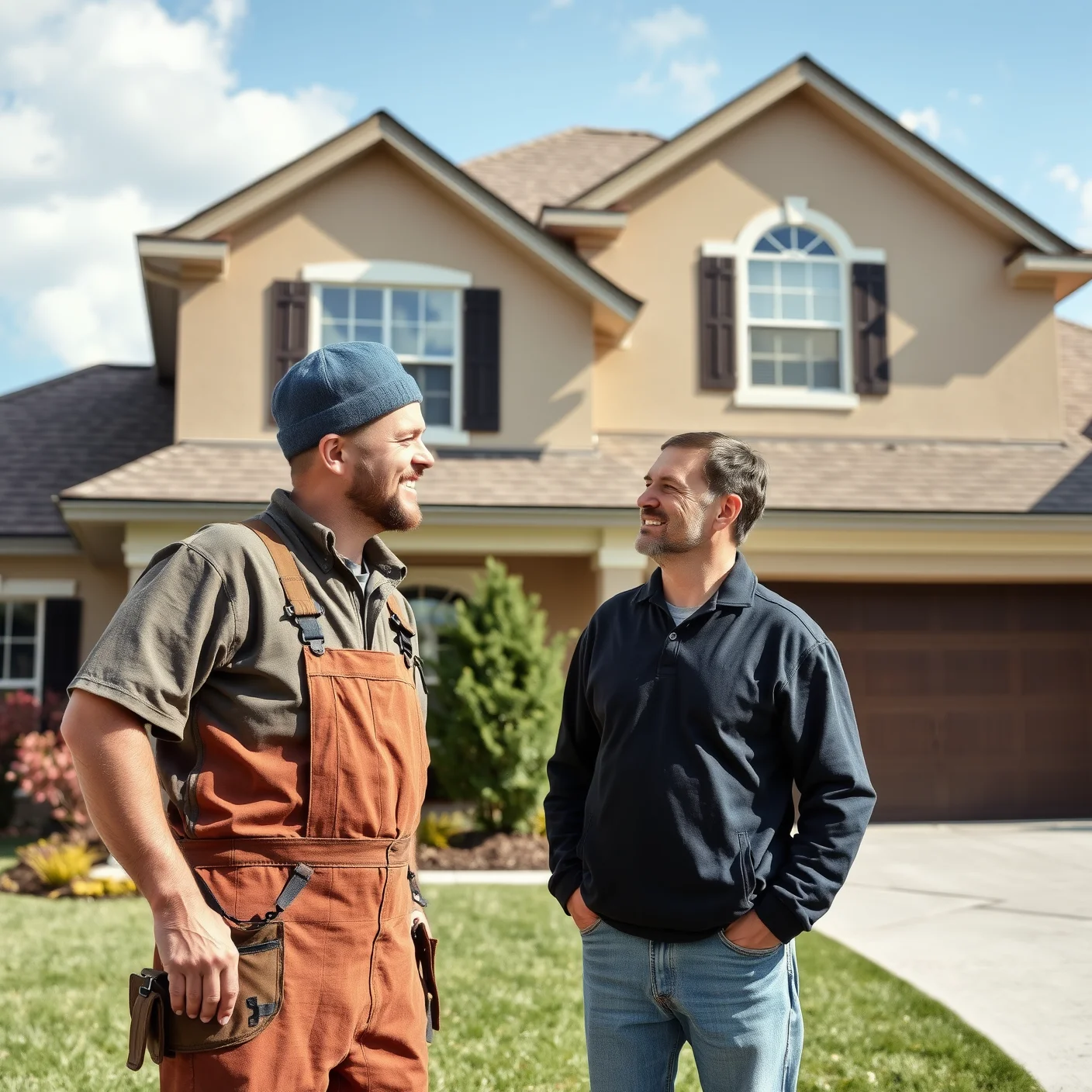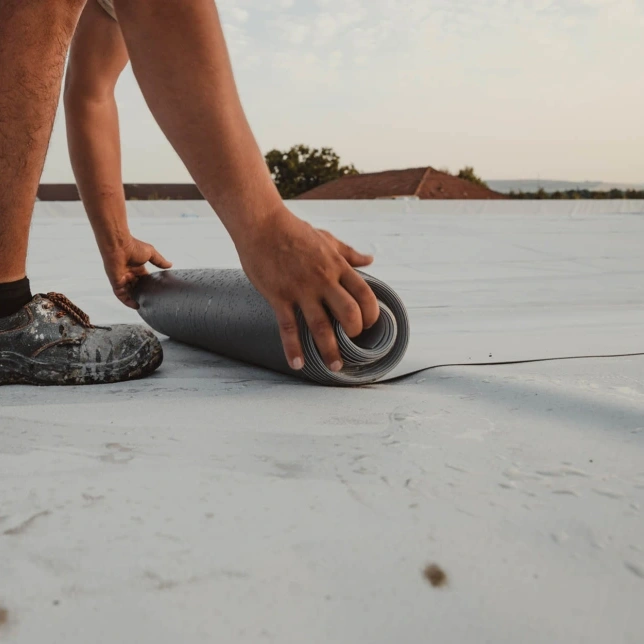
Self Healing Roof Shingles Technology | Innovative Roofing Solutions
What Is Self Healing Roof Shingles Technology and How Does It Work?
In recent years, the roofing industry has witnessed a groundbreaking advancement: self healing roof shingles technology. This innovative solution mimics biological healing processes to extend the lifespan of roofing materials, providing homeowners and business owners with a resilient, low-maintenance roof. But what exactly is this technology, and how does it function?
Simply put, self healing roof shingles are coated or infused with smart materials capable of responding to damage—particularly small cracks or punctures—by automatically repairing themselves. These materials often contain microcapsules or reversible polymers that activate when exposed to environmental stressors such as UV radiation, heat, or moisture. When a crack occurs, the healing agents are released, sealing the damage before it can propagate or lead to leaks.
Imagine a roof that naturally repairs minor damage—saving you from costly repairs and early replacements. This cutting-edge technology represents the future of durable roofing solutions, aligning with modern demands for sustainability, efficiency, and longevity.
Why Is Self Healing Roof Shingles Technology a Game-Changer in Roofing?
Traditional shingles, while effective, are susceptible to wear and tear over time. UV damage, weather fluctuations, debris, and physical impact can create cracks that compromise the roof’s integrity. This is where self healing roof shingles technology makes a decisive difference.
Enhanced Durability: Self repairing capabilities significantly extend the life of shingles, reducing the need for frequent replacements.
Cost Savings: Minimizing repairs can lead to substantial savings in maintenance expenses, and delay the need for full roof replacement.
Environmental Benefits: Longer-lasting roofs contribute to sustainability by reducing waste and the environmental impact of manufacturing and disposal.
Low Maintenance: With damage areas healing themselves, owners spend less time and resources maintaining their roofs.
Resilience Against Harsh Conditions: These shingles resist cracking under extreme weather, offering added protection against storms, hail, and temperature fluctuations.
Can Self Healing Roof Shingles Technology Save You Money in the Long Run?
Absolutely. Though the initial investment might be higher than traditional roofing options, the long-term benefits are compelling. Self healing roof shingles are designed to withstand the test of time, drastically reducing repair frequency and extending the interval between replacements.
This durability results in fewer disruptions to your property, less expenditure on repairs, and the peace of mind knowing your roof is actively protecting your investment. Moreover, as technology advances and becomes more widespread, the cost of self healing shingles is expected to decrease, making this innovation accessible for a broader range of budgets.
What Are the Primary Materials Used in Self Healing Roof Shingles?
The core of self healing roof shingles technology relies on advanced materials that can autonomously respond to damage. The most common types include:
Microcapsule-Embedded Materials: Tiny capsules containing healing agents are integrated into the shingles. When a crack occurs, the capsules rupture, releasing the healing compound to seal the damage.
Reversible Polymers: These materials can undergo multiple cycles of healing and re-healing, providing ongoing resilience against damage.
Smart Coatings: Coatings infused with reactive compounds that expand or flow into cracks when exposed to environmental stimuli, sealing them effectively.
The combination of these materials results in shingles that can rapidly respond to minor damage, maintaining their protective properties over the years.
How Are Self Healing Roof Shingles Installed, and Are They Compatible With Existing Roofs?
Installation of self healing roof shingles technology follows standard roofing procedures. Typically, they are designed to be compatible with common roofing frameworks, making it feasible to replace existing shingles or incorporate them into new builds.
For existing roofs, a professional roofer will assess the current structure, ensuring the surface is suitable for the new shingles. Installation involves removing old roofing materials, inspecting the roof deck, and then applying the self healing shingles with industry-standard adhesives and fasteners.
Considering the advancements in roofing products, these shingles can often integrate well with other roofing accessories and systems, providing a seamless upgrade that enhances durability and resilience. Curious about the different roofing options? Check our guide on best roof types for commercial buildings.
What Are the Key Benefits of Choosing Self Healing Roof Shingles?
How Do Self Healing Roof Shingles Increase the Longevity of My Roof?
By automatically repairing small cracks and damages, these shingles significantly slow down deterioration processes, ensuring your roof remains intact and protective for decades. The incremental healing reduces the progression of damage, eliminating the need for frequent repairs.
In What Ways Do These Shingles Improve Resistance Against Weather Extremes?
The self repairing properties help manage damage caused by hail, high winds, and thermal expansion. As minor cracks are sealed swiftly, the likelihood of leaks and structural issues diminishes, even under severe weather conditions.
Are There Any Maintenance Requirements for Roofs With Self Healing Shingles?
Minimal. Since the technology handles small damages internally, maintenance primarily involves routine inspections to confirm overall integrity. For professional insights, learn about DIY roof inspections versus professional evaluations.
What Are Some Challenges and Considerations When Choosing Self Healing Roof Shingles?
While these innovative shingles offer numerous advantages, it's essential to understand potential limitations or considerations:
Initial Cost: The advanced materials can increase upfront costs compared to traditional shingles.
Technology Maturity: Still a relatively new technology, ongoing research aims to optimize performance and cost-effectiveness.
Compatibility: Ensuring the shingles work with existing roofing structures and environmental conditions is vital.
Professional Installation: Proper installation by trained professionals is crucial to maximize healing capabilities and lifespan.
Consulting with experienced roofing professionals will help determine if self healing shingles suit your specific project requirements and budget.
How Do Self Healing Roof Shingles Fit Into the Future of Sustainable Roofing?
Sustainability is at the core of modern construction, and self healing roof shingles technology aligns perfectly with this goal. Their longevity reduces material waste, and their resilience minimizes repair and replacement cycles, leading to less environmental impact.
As the industry moves toward greener, smarter building solutions, these shingles are set to play a central role. The integration of smart materials and innovative design reflects a broader trend: roofing that not only protects your property but also contributes to ecological responsibility.
How Can You Incorporate Self Healing Roof Shingles Into Your Next Roofing Project?
Start by consulting with reputable roofing contractors who are familiar with the latest advancements in roofing materials. They can evaluate your current roof, provide professional recommendations, and suggest optimal solutions aligned with your specific needs.
To obtain the best results, choose a contractor experienced in installations involving innovative materials such as roofing accessories and modern shingles. This ensures a seamless integration of self healing technology and a durable, long-lasting roof for years to come.
Frequently Asked Questions About Self Healing Roof Shingles Technology
How long do self healing roof shingles last before needing replacement?
While lifespan varies based on environmental conditions and installation quality, these shingles are designed to last significantly longer than traditional options, often exceeding 30 years with proper maintenance.
Are self healing roof shingles more expensive than traditional shingles?
The initial investment might be higher due to advanced materials and technology, but long-term savings on repairs and replacements often offset this difference, providing a cost-effective solution over time.
Can self healing roof shingles repair major damages or only minor cracks?
This technology is most effective for minor damages such as small cracks or punctures. Major damages typically require professional repairs or replacement, but the self repairing properties help prevent minor issues from escalating.
Are there specific climate conditions where self healing shingles perform best?
These shingles are designed to be versatile and resilient across various climates, including extreme heat, cold, and moisture-rich environments. Their ability to respond dynamically makes them suitable for diverse geographic locations.
Conclusion: Embrace the Future of Roofing with Self Healing Technology
The advent of self healing roof shingles technology marks a significant milestone in roofing innovation. By combining durability, sustainability, and smart materials, this technology promises to redefine how we protect our properties against the elements. As homeowners and business owners seek more reliable and eco-friendly options, these shingles are poised to become a standard in modern roofing systems.
Ready to elevate your roofing game? Collaborate with trusted professionals like Roof It Up to explore self healing shingles and other cutting-edge solutions. Discover the durability and peace of mind that come with investing in the future of roofing today.
